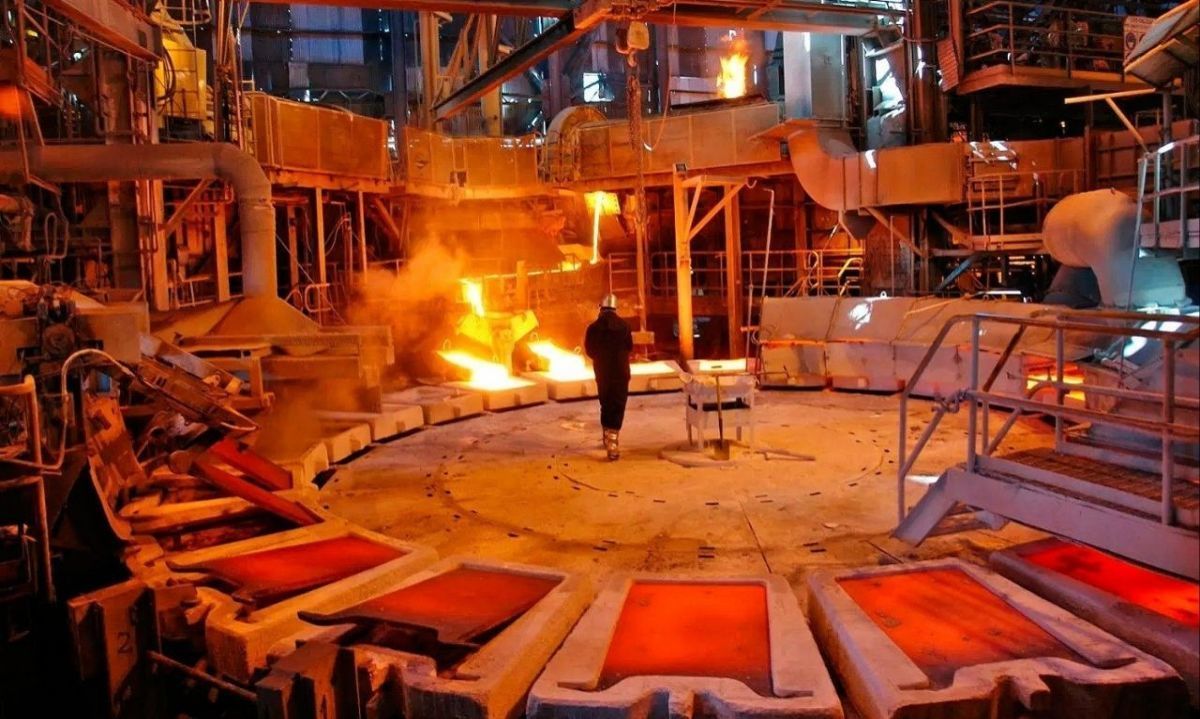
This would represent a 12% increase, with countries such as the Democratic Republic of the Congo and Russia standing out, but not the United States and Chile, which have seen their copper reserves decrease over the same period.
Mineral reserves are crucial for mining countries. Chile serves as a prime example, having exported US$100.16 billion in 2024 alone, with the mining sector contributing US$50.86 billion of that total.
Copper is a strategic resource in the energy transition, as it is a fundamental component in technologies such as electric vehicles, renewable energy systems, and power grids.
In this context, global copper reserves rose from 870 million tons in 2019 to 980 million tons in 2024—an increase of 110 million tons—according to the United States Geological Survey (USGS).
Congo and Russia Lead the Growth
The Democratic Republic of the Congo stands out, increasing its copper reserves from 19 million tons in 2019 to 60 million tons in 2024—a gain of 41 million tons. It is no coincidence that the Congo became the world’s second-largest copper producer in 2023, surpassing both Peru and China.
According to the USGS, during the same period, Russia increased its copper reserves by 19 million tons (from 61 to 80 million), China by 15 million tons (from 26 to 41 million), and both Australia and Peru by 13 million tons each (from 87 to 100 million).
In contrast, the United States and Chile saw their reserves decrease by 4 and 10 million tons, respectively. The U.S. reserves declined from 51 million tons to 47 million tons. Chile, which had 200 million tons until 2021, reduced its estimate to 190 million tons in 2022—a figure that has remained unchanged through 2024.
Despite this decline, Chile continues to hold the world's largest copper reserves, followed by Peru and Australia, each with 100 million tons.
Challenges of Growth and Exploration
Countries with significant increases in copper reserves—such as the Congo and Russia—now face new economic opportunities, but also challenges related to governance, environmental sustainability, and the equitable exploitation of their resources. Conversely, countries like Chile must invest in exploration and technology to replenish and grow their copper reserves.
A major factor in this is the exploration carried out by countries. In 2024, global exploration activity experienced a slight decline compared to 2023, according to Cochilco’s 2024 Mining Exploration Registry report.
Exploration spending decreased from US$12.764 billion in 2023 to US$12.484 billion in 2024. Nonetheless, the activity has shown an average annual growth rate (AAGR) of 11.5% since 2020.




